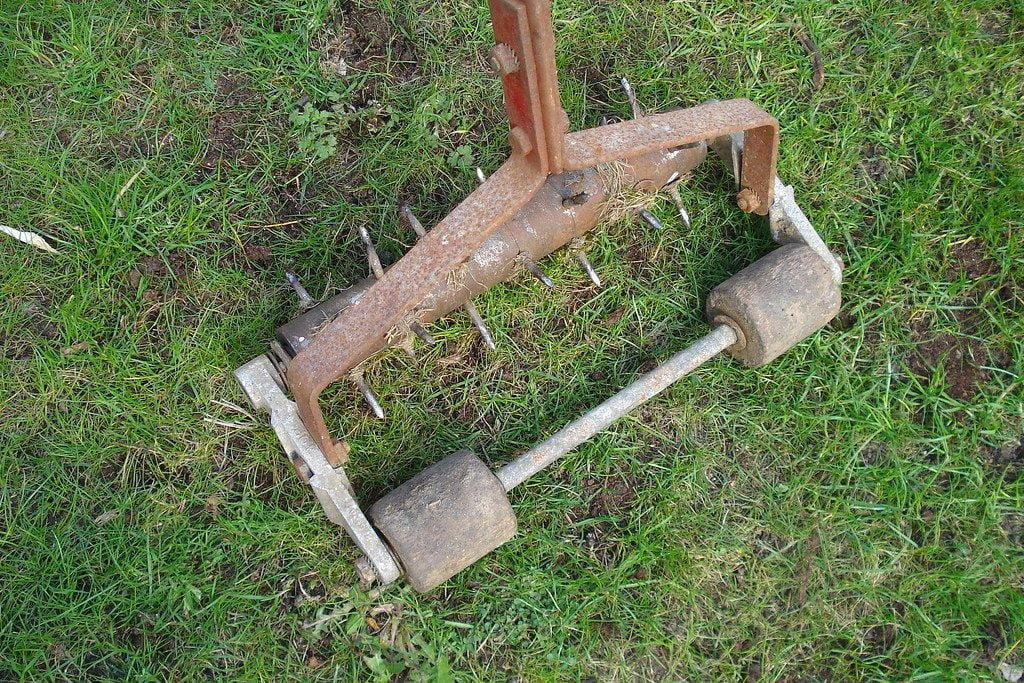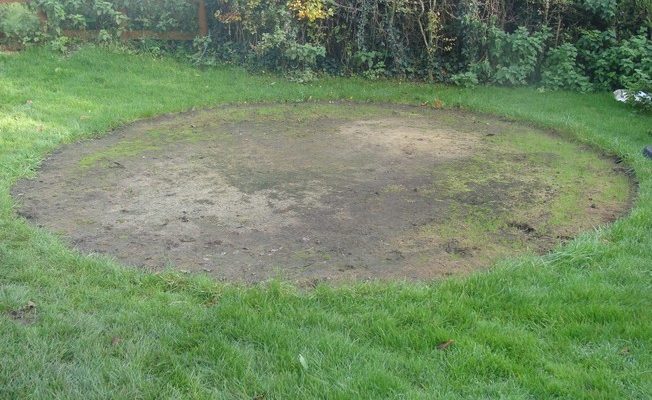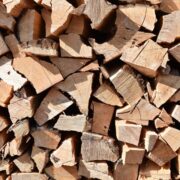Have you ever had the experience of walking to your front door and seeing a dead patch of grass when you look at your lawn? This is a very common occurrence in many communities, but it’s not something that should be taken lightly.
If left unattended for too long, this can lead to other problems such as pests and disease. In this article we will show you how to revive your lawn so that it looks healthy again!
The most important thing is not forgetting the key steps to reviving your lawn and keeping them healthy. Be sure to fertilize, aerate the soil, keep shrubs away from grass, weed-kill stubborn weeds and use drought-resistant varieties of grasses for a low-maintenance yard!
Take care of any issues now before they become problems down the line by giving this article a read and following these steps to make your lawn the best it can be!
Mow Your Lawn Regularly
Mow your lawn regularly to make sure you are not removing too much or too little of the vegetation. This can be done weekly in most communities, but if it is very hot and dry outside then you should consider cutting more often than that! In general, though, try to mow right before rainstorms to avoid rutting.
Add A Layer of Mulch to Help Retain Moisture and Prevent Weeds from Growing
Add a layer of mulch to help retain moisture and prevent weeds from growing. Mulching is also great for preventing pests like ants, slugs, snails, termites and ticks which enjoy hiding in the moist undergrowth that can develop when your lawn lacks water!
Remove debris on top of the grass by using a rake or broom. This makes it easier for water to penetrate and will also help reduce weed growth!
Water Your Lawn Regularly
Maintaining a moist environment is key to keeping any plant healthy, but in times of drought, it’s even more important than usual. Be sure to check your soil to see if you need more moisture and water accordingly.
Fertilize Your Lawn for A Healthier Appearance
If the roots of the plant are being deprived of nutrients, it will not look as healthy as it should! Be sure that any fertilizers used have organic ingredients such as composted cow manure or natural fertilizer like cottonseed meal, peat moss, and compost.
A healthy lawn should be fertilized at least once a year, but you may need to do it more often if the weather is very hot and dry. Sometimes compacted soil can also prevent water or fertilizer from reaching grassroots which can make for shorter green blades of grass that are quite thin! Revive lawn treatment review fertilizer will help with this problem and is an inexpensive way to bring your yard back to life.
Aerate The Soil to Prevent Compaction

Compacted soils make it difficult for grassroots to grow and thrive which can lead to unhealthy plants. Aerating your lawn will help alleviate this problem by releasing any trapped air pockets that exist and allowing water, nutrients, insects pollinators, etc., to get deep into the soil!
Aerate the soil with a power tiller or aerator to loosen compacted dirt, making it easier for water and fertilizer to reach grassroots. This will also help your lawn recover from any droughts much faster! If you are going to be using an aerator, then make sure that there is no heavy traffic in the area first.
Prune Trees and Bushes That Are Blocking Sunlight from Reaching Your Lawn
Keep trees trimmed away from the edges of your yard so they don’t block sunlight that helps grass grow. Your yard will look less drab and livelier if it has some shade, but trees should not be touching the grass!
Use A Weed Killer on Stubborn Weeds, Such as Dandelions or Clover
Removing weeds is important for the health of your lawn. Chemicals like weed killers are inexpensive, but they should only be used two times per year at most! Be sure to follow instructions on the bottle and be aware of any safety warnings.
Plant Drought-Resistant Varieties of Grasses for Low Maintenance Landscaping
There are several drought-resistant types of grass that will grow well in your yard. These varieties include zoysia, buffalo, and centipede.
Some other options for low maintenance landscaping would be plants or flowers which don’t need as much water such as succulents, cacti, yucca trees, etc., which are all very popular in the southwest.
Plant New Flowers in Patches Around the Yard to Make It Look More Welcoming
Lawns are great for hosting family picnics and playing with the kids, but they can look rather drab if there is nothing to break up all that open space. Flowers will make your yard more welcoming by adding color!
Some popular flowers include marigolds, petunias, or zinnias which are a mix of gorgeous colors that will brighten up any yard!
If you are looking to plant new flowers in a certain area, be sure to calculate how much water they need. In general perennial plants like roses or ivy require more attention than annuals or biennials which bloom just once every two years.
Conclusion
We hope these tips have been helpful for you, and we want to encourage you to be creative in your own lawn care routine. Remember that the most important thing is not how much time or money it takes- if you enjoy spending time outside then tending a green space can be rewarding on many levels. Let us know what other ideas you’ve had for growing healthy grass!










Comments